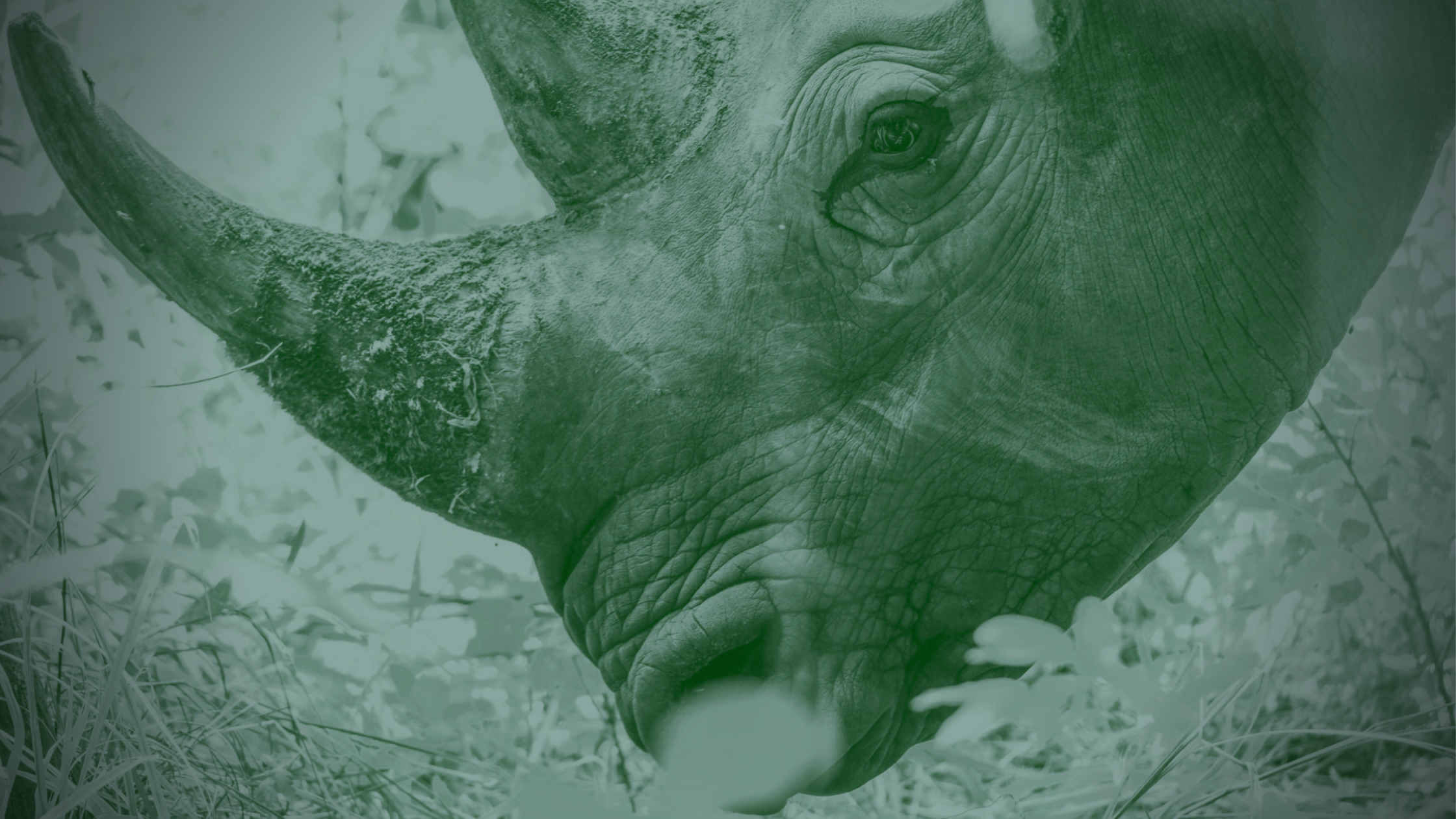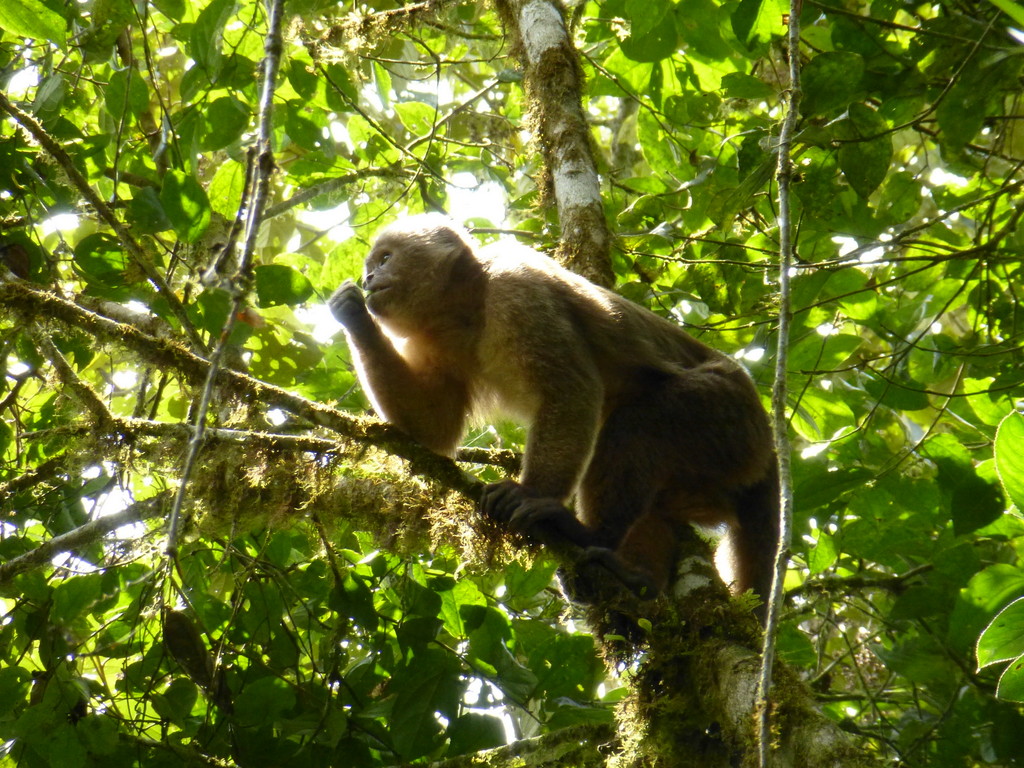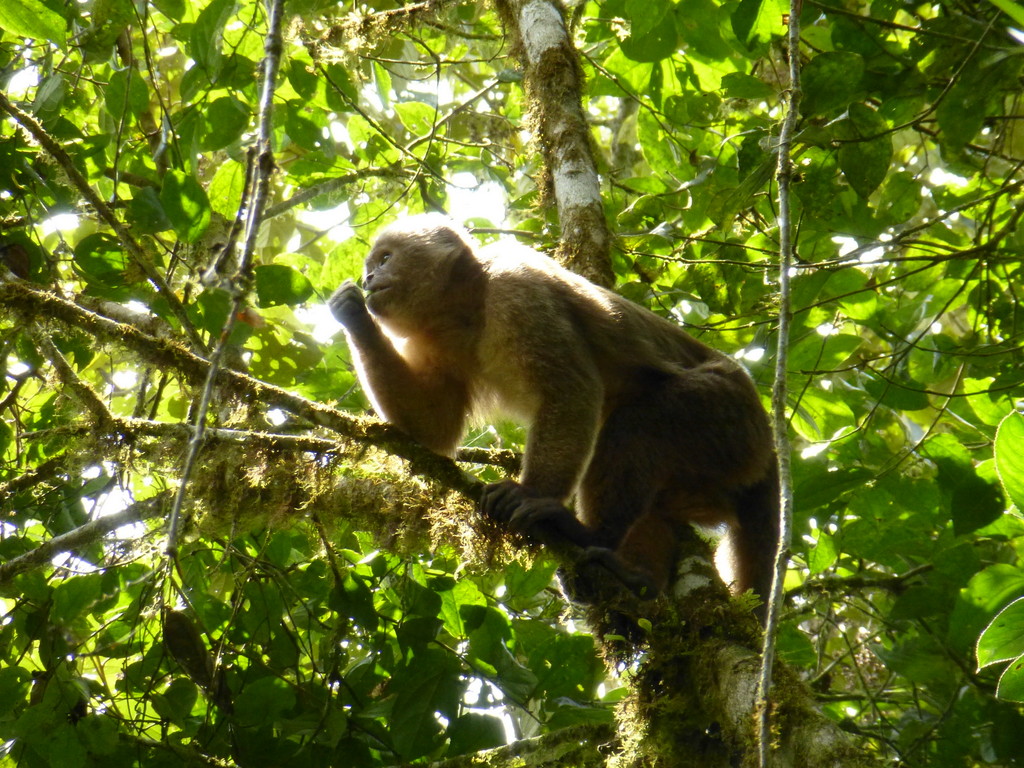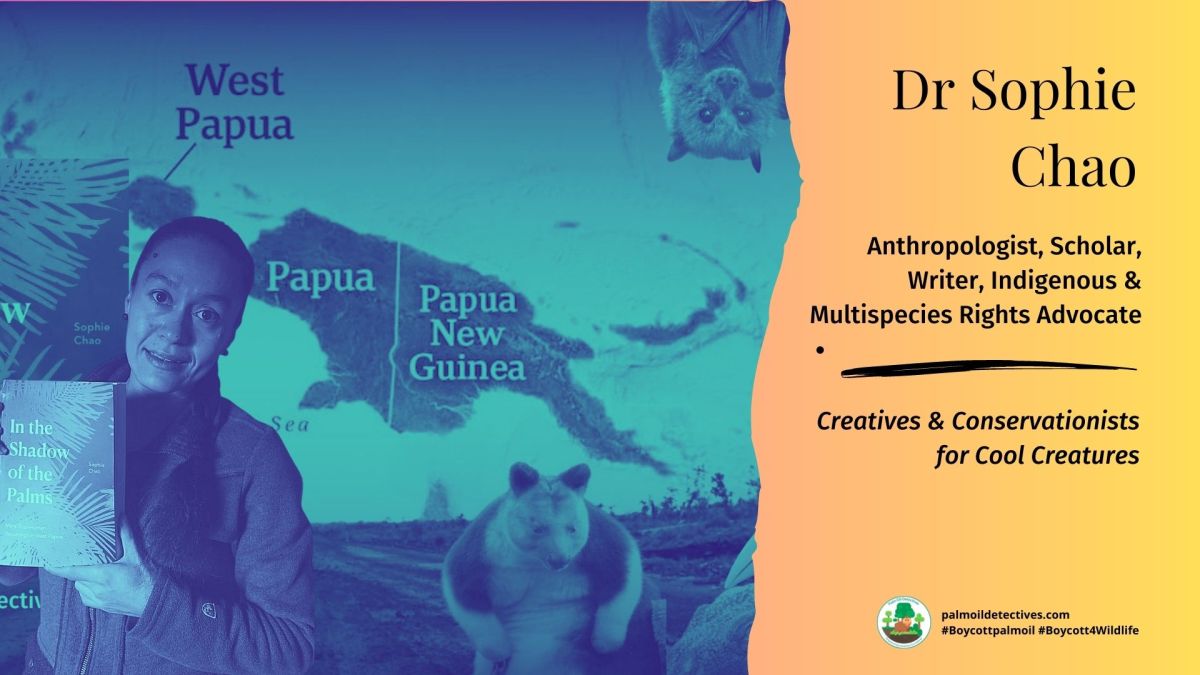Ecuadorian White-fronted Capuchin Cebus aequatorialis
Extant (resident) Ecuador; Peru
Critically Endangered
The Ecuardorian White-fronted Capuchin is affected by deforestation and hunting for bushmeat and the pet trade. Forests in the western lowlands of Ecuador have been severely reduced in the past half-century (Dodson and Gentry 1991, Sierra 2013, Gonzalez-Jaramillo 2016). Where habitat loss has fragmented forests, Cebus aequatorialis forages in plantations of corn (maize), bananas, plantain and cacao, and is persecuted and hunted by farmers for this reason.
IUCN red list
The Ecuadorian White-fronted Capuchin is #criticallyendangered in #Peru and #Ecuador #SouthAmerica by #deforestation and the #pettrade Help their survival by joining the #Boycott4Wildlife on #brands causing #deforestation!
Tweet
The Ecuadorian White-fronted Capuchin is a medium sized monkey with light brown back and white underside, giving this species its alternative name of Ecuadorian White-fronted Capuchin. This species is very similar to other species of white-fronted capuchin, and was only classified as a separate species in 2013.
They are omnivorous, feeding primarily on fruits and invertebrates. They are often eaten by birds of prey and possibly small cats, such as margay, and snakes. Like many primates, they live in large groups with complicated social structures. Other species of white-fronted capuchin have been observed using and manufacturing tools, a skill previously believed to be unique to humans and chimpanzees.
The Ecuadorian White-fronted Capuchin is distributed in western lowland Ecuador (from the Guayllabamba-Esmeraldas rivers to the south, with Bilsa Biological Station in Mache-Chindul National Park the northernmost locality: Mittermeier et al. 2013, Tirira, 2018) and NW Peru (Tumbes, the southernmost locality is PN Cerros de Amotape; Mittermeier et al. 2013). While most known sites are near the Pacific coast, some new localities have also been reported further inland in the Ecuadorian Andean foothills (La Hesperia, Jauneche and Mindo in Ecuador: Jack and Campos 2012, Cervera et al. 2018, de la Torre pers. obs.). Cervera et al. (2018) extended the range north of the Río Guayllabamba based on field surveys, suggesting the need for more information about the species range north of this river.
You can support this beautiful animal
There are no known conservation activities for this animal. Make art to raise awareness and join the #Boycott4Wildlife.
Further Information
Donate to help orphaned capuchins at Merazonia

Moscoso, P., de la Torre, S., Cornejo, F.M., Mittermeier, R.A., Lynch, J.W. & Heymann, E.W. 2021. Cebus aequatorialis (amended version of 2020 assessment). The IUCN Red List of Threatened Species 2021: e.T4081A191702052. https://dx.doi.org/10.2305/IUCN.UK.2021-1.RLTS.T4081A191702052.en. Downloaded on 06 June 2021.

New investigation in the Amazon documents impact of palm oil plantations on Indigenous communities – Mongabay Newscast

How can I help the #Boycott4Wildlife?
Contribute in five ways
1. Join the #Boycott4Wildlife on social media and subscribe to stay in the loop: Share posts from this website to your own network on Twitter, Mastadon, Instagram, Facebook and Youtube using the hashtags #Boycottpalmoil #Boycott4Wildlife.
2. Contribute stories: Academics, conservationists, scientists, indigenous rights advocates and animal rights advocates working to expose the corruption of the palm oil industry or to save animals can contribute stories to the website.
3. Supermarket sleuthing: Next time you’re in the supermarket, take photos of products containing palm oil. Share these to social media along with the hashtags to call out the greenwashing and ecocide of the brands who use palm oil. You can also take photos of palm oil free products and congratulate brands when they go palm oil free.
4. Take to the streets: Get in touch with Palm Oil Detectives to find out more.
5. Donate: Make a one-off or monthly donation to Palm Oil Detectives as a way of saying thank you and to help pay for ongoing running costs of the website and social media campaigns. Donate here











2 thoughts on “Ecuadorian White-fronted Capuchin Cebus aequatorialis”